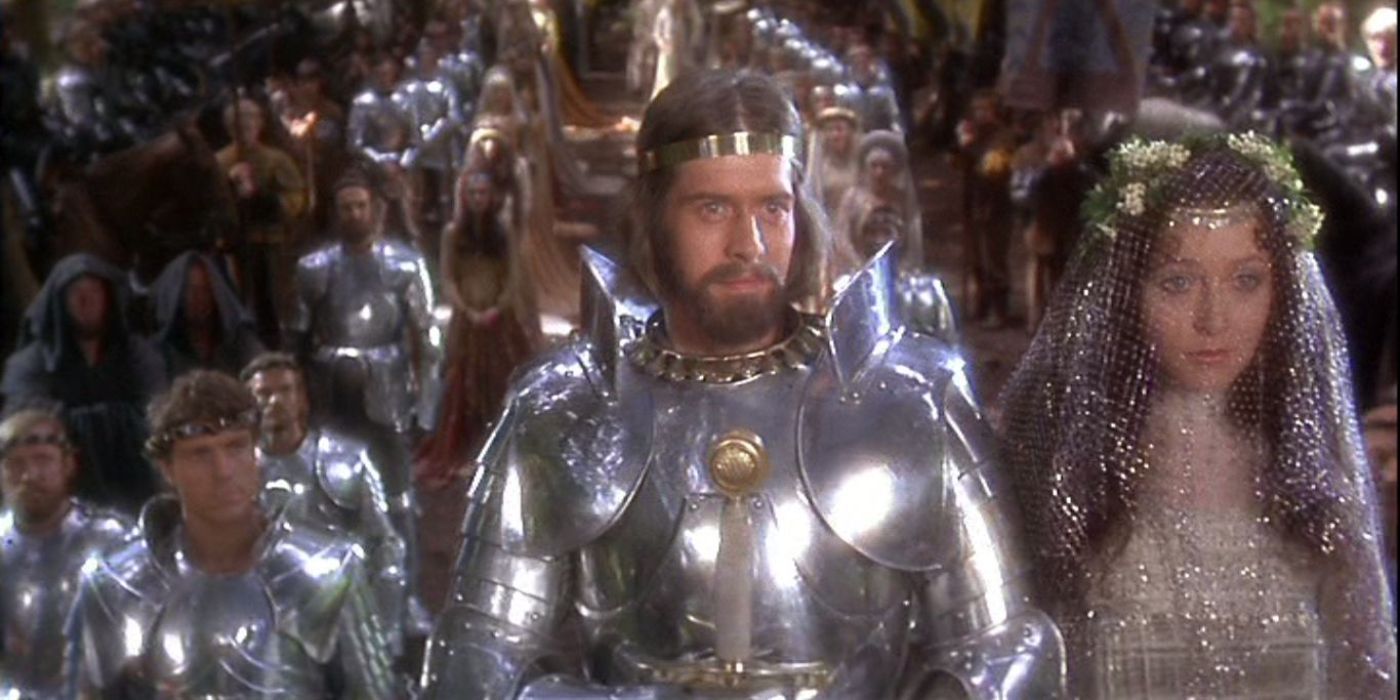Liam Neeson has been in a plethora of movies over the years, with the latest of these projects being the comedic new entry in the Naked Gun franchise. While that recent hit showcases the Irish actor’s lighter side, he’s known for his deep, gritty, dramatic, and theatrical roles. One of these was seen by audiences over 40 years ago, and it has an interesting connection to an epic fantasy classic.
1981’s Excalibur was one of many adaptations of Arthurian legend, but for its time in particular, it was easily one of the best. The cast was rounded out with many who’ve now gone on to become screen legends, with Liam Neeson merely one of many in this number. Ironically, the project started out adapting another legend entirely, paving the way for it to be done two decades later.
1981’s Excalibur Brought the Arthurian Legend to Life
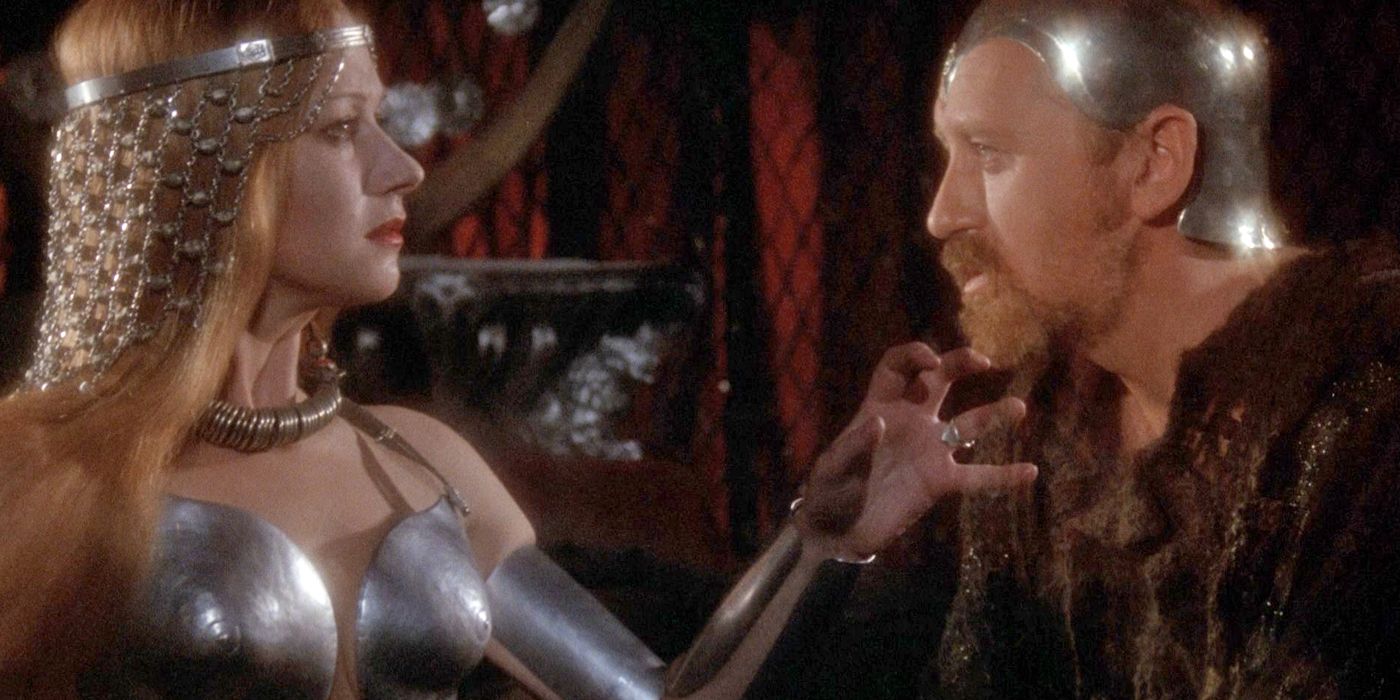
Image via Orion Pictures
Directed by John Boorman (whose most recent movie was 2014’s Queen and Country), Excalibur adapted the Arthurian legend in a way that was exceptionally grandiose and epic for its time. It was both loosely based on these legends while also being seriously accurate to them, treating the material with a weight worthy of their influence. It showcases the various developments in Arthur’s life, starting with his conception and birth through his parents, Uther and Igrayne. From there, his youth and the pulling of the sword Excalibur from stone are shown, with the rest of the movie dealing with his reign, his seduction by his evil sister Morgana, and his valiant final battle against the wicked Mordred. The legend ends on a fairly tragic note, albeit one that speaks to the heroism of Arthur and the nature of his tragic yet fantastical life.
Nigel Terry portrayed King Arthur in Excalibur, with Merlin excellently and almost comedically played by Nicol Williamson. Williamson brings a strong sense of both humor and wise wit, with his acting being the most animated in the movie. Actress Dame Helen Mirren plays Morgana, also known as Morgan le Fay in other tellings, with Nicholas Clay, Cherie Lunghi, and Paul Geoffrey portraying Lancelot, Guenevere, and Percival, respectively. Besides its own artistry and theatrical quality, the film is perhaps most well-known for launching the careers of various Irish and British actors, with the now legendary Patrick Stewart playing Leodegrance and Ciarán Hinds playing King Lot. These actors are both far more prominent now for playing various theatrical and mainstream roles, with Stewart perhaps most recognizable for playing Captain Jean-Luc Picard in the Star Trek franchise and Professor Charles Xavier in Fox’s X-Men movies. Even amid these many actors and their performances, one “upstart” in the movie particularly stood out among the rest – and he’s currently taking the action comedy world by storm at the box office.
This King Arthur Movie Was One of Liam Neeson’s First Films
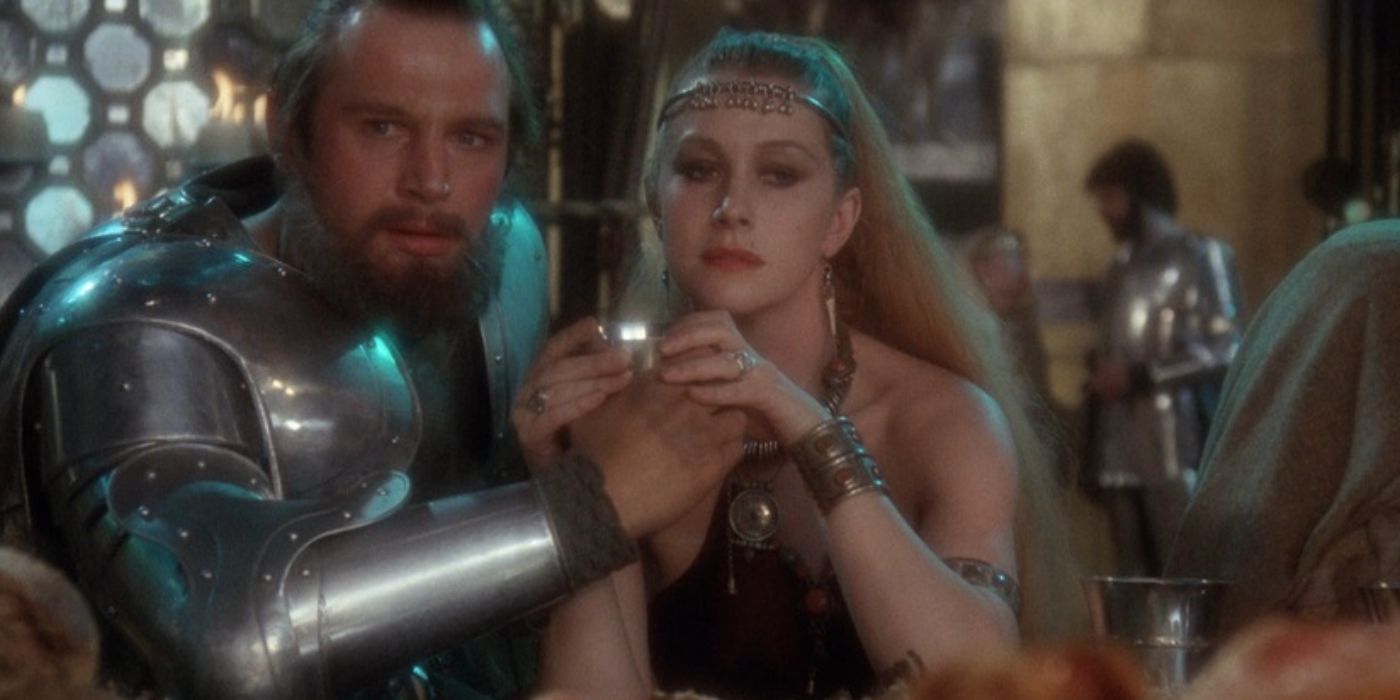
Image via Orion Pictures
As mentioned, Excalibur helped launch the careers of many actors in the 1980s, with Patrick Stewart going to to play Gurney Halleck in David Lynch’s version of Dune before finding even more mainstream success in other science fiction franchises. This was also the case with Liam Neeson, who played the legendary Gawain the Green Knight in Excalibur. Liam Neeson first burst onto the big screen in 1978’s version of Pilgrim’s Progress, but he wouldn’t begin to really hit it big in further roles until the 1980s. Gawain is seen prominently in the movie’s first meeting of the knights of the Round Table, though he falls victim to the sway of the evil enchantress, Morgana. Due to her seduction and otherworldly powers, he turns on his king and accuses Queen Guenevere of treachery. While Arthur wishes to defend his queen’s honor, his own royal duties prevent him from doing so. Thus, it falls on both Perceval and Lancelot to do so, with the latter choosing to spare Gawain after his defeat.
Neeson’s performance as Gawain is both as animated as others’ while being almost tortured in a way, and this reflects his manipulation on the part of Morgana. Whereas others are more over the top, he comes off as both fittingly dramatic and more subdued. The actor is both recognizable and still a far cry from the ironically Merlin-like presence he has in later movies. There’s still a bit of this, however, with his facial hair even foreshadowing some of the sort of sage roles he’s taken since then. In what might be surprising to some, his role is relatively small in the grand scheme of things, reflecting his lower profile at the time. Of course, he went on to become incredibly well-known among British/Irish filmgoers and particularly those in America, especially in the 2000s. He, Helen Mirren, and Star Trek’s Patrick Stewart are easily the most well-known actors in Excalibur at this point, be it among younger viewers or Americans. Excalibur itself went on to become a success across the pond and beyond, making nearly three times its USD 11 million budget back at the box office. Strangely enough, the movie was originally meant to be a live-action film adaptation of a franchise that Neeson later turned down participating in.
The 1981 Excalibur Movie Was Almost a Lord of the Rings Adaptation
Initially, John Boorman had wanted to make a movie take on the Arthurian legend in 1969, but the idea was seen as too grandiose and potentially expensive. Instead, the studio involved sought to give him another British epic to adapt: J.R.R. Tolkien’s The Lord of the Rings. This legendary literary work was created by the author to give England its mythology, though the similarities to other tales, including the general tone of Arthurian legends, can definitely be felt. With the scope of the project changed, Boorman sought to take a revised script and see if he could get it produced. Unfortunately, this didn’t happen, meaning that a live-action Lord of the Rings movie series was still decades away. When this fell through, he returned to and settled upon the original idea of using King Arthur, but many of the sets and costumes planned for the previous Lord of the Rings adaptation were kept. Thus, the lush sets and visual elements can very much be compared to The Shire and other parts of Middle-earth.
The Lord of the Rings finally received its movie incarnation exactly two decades after John Boorman’s Excalibur was released, with Peter Jackson’s The Lord of the Rings: The Fellowship of the Ring premiering in December 2001. It was part of a wave in the early 2000s of adapting major fantasy novels into epic blockbuster films, with the Harry Potter movies also being a part of this early trend. The trend continued into the mid-2010s, with the science fiction dystopia of The Hunger Games being perhaps the final “child” of this cinematic movement. Jackson’s Lord of the Rings series also put several actors (some of whom had been established in other markets besides Hollywood) on the map, all the while featuring names that were already relatively big. These included actors such as Sir Ian McKellen and Viggo Mortensen, among others, with Sean Bean also portraying the ill-fated Boromir. Before he was cast in the role, however, there was another actor who was meant to join the eponymous Fellowship of the Ring. It was someone that director John Boorman had worked with in the movie that was meant to adapt Tolkien’s legendary novels.
Initially, Liam Neeson was meant to play the role of Boromir in The Lord of the Rings: The Fellowship of the Ring, and this would have been one of the actor’s many notable roles from this period. He had previously ended the 1990s in the role of Qui-Gon Jinn in Star Wars: Episode I – The Phantom Menace (the first entry in the Star Wars prequel trilogy), with this film helping to popularize him among American movie fans even more so than previous roles, such as the title role of Sam Raimi’s pulp superhero film Darkman. The Phantom Menace had Qui-Gon in a similar role to Alec Guinness’ version of the Jedi Obi-Wan Kenobi in Star Wars: Episode IV – A New Hope from decades before, with his purpose in the movie being that of an ultimately ill-fated mentor. Due to the nature of this role, Neeson eventually rejected playing Boromir in The Lord of the Rings, as he did not want to essentially be typecast. The irony is that he was in a movie that was meant to be Lord of the Rings, so in a way, he was nearly in a Lord of the Rings movie twice. While it wasn’t really Middle-Earth, Boorman’s Excalibur was still a magical film in its own right, and Neeson was a big part of that success.
-
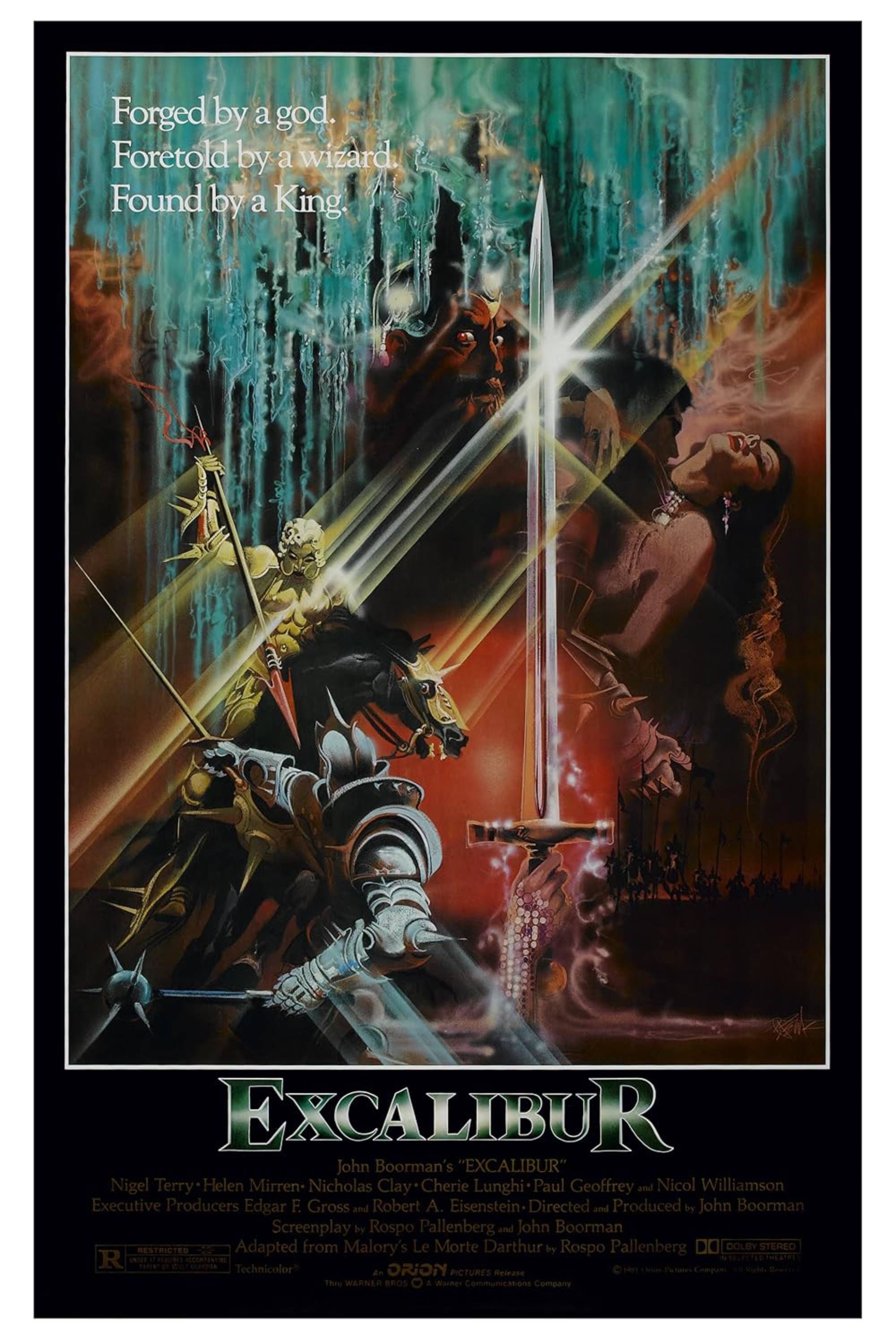
- Release Date
-
April 10, 1981
- Runtime
-
141 Minutes
- Director
-
John Boorman
-
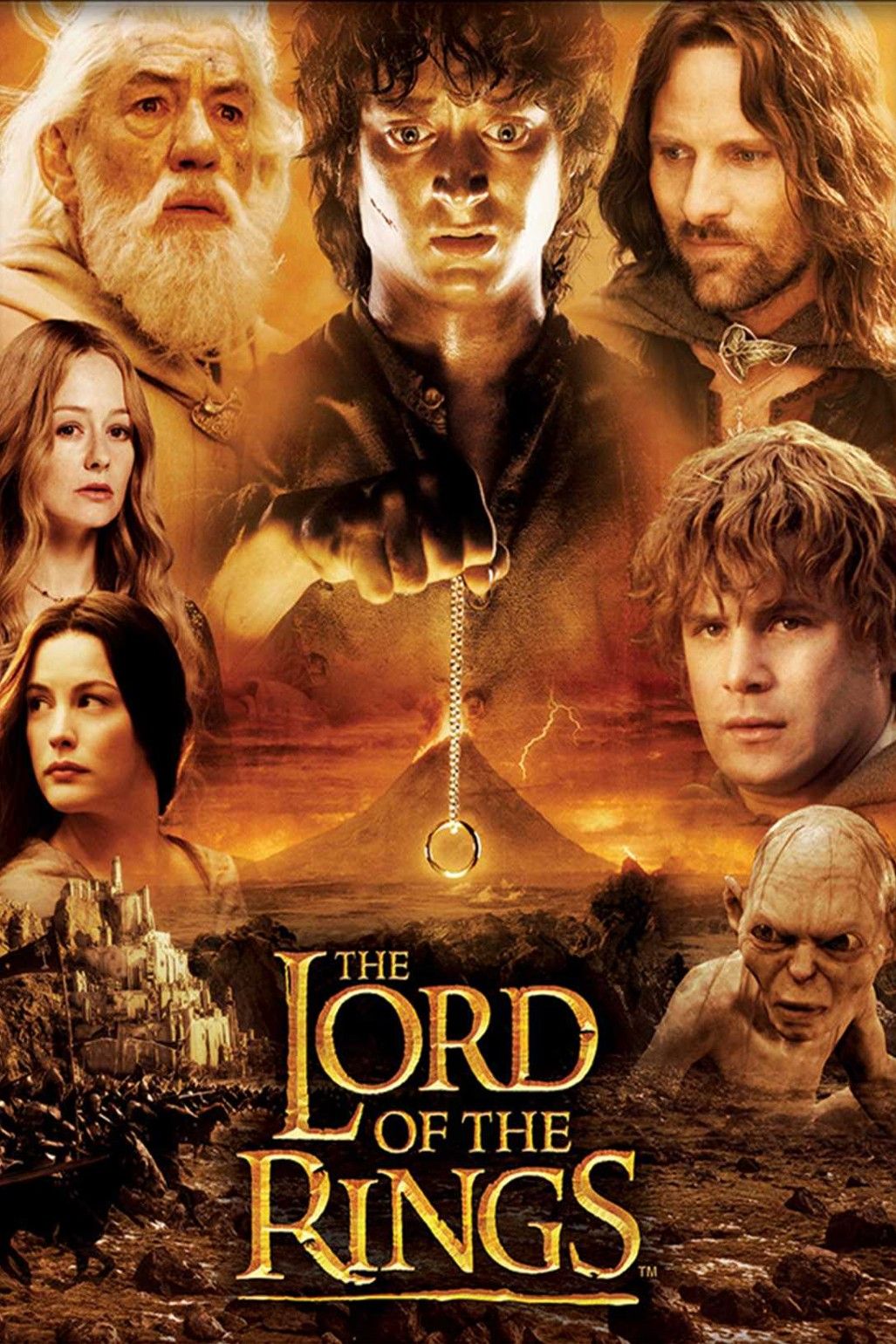
- Created by
-
J.R.R. Tolkien
- First Film
-
The Lord of the Rings: Fellowship of the Ring
- Latest Film
-
The Hobbit: The Battle of the Five Armies
- Upcoming Films
-
The Lord of The Rings: The War of The Rohirrim
- First TV Show
-
The Lord of the Rings The Rings of Power
- Latest TV Show
-
The Lord of the Rings The Rings of Power
The Lord of the Rings is a series of epic fantasy adventure films and television series based on J. R. R. Tolkien’s novels. The films follow the adventures of humans, elves, dwarves, hobbits and more in Middle-earth.
